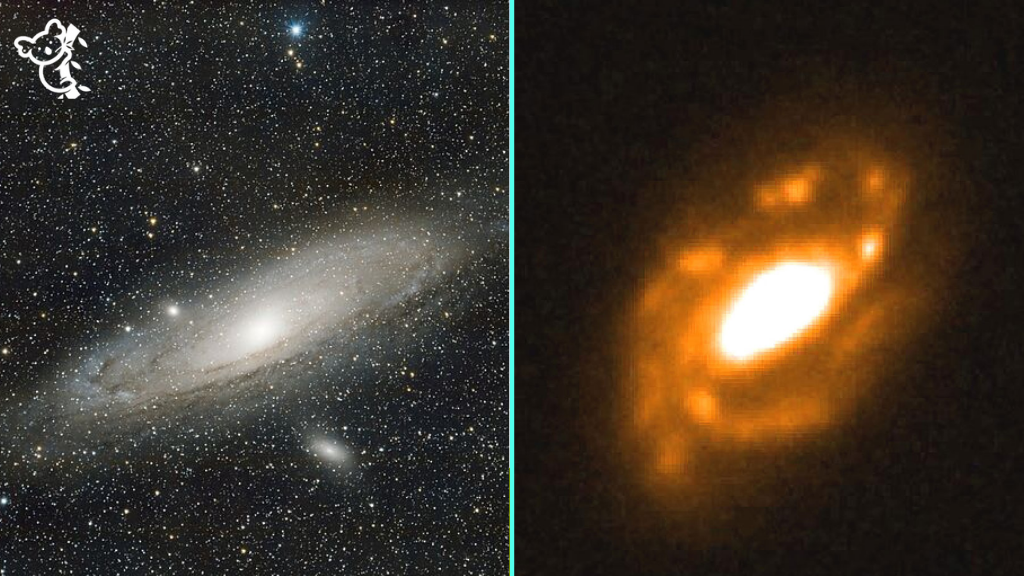The James Webb Space Telescope may have discovered our very own Milkyway Galaxy’s twin 12.8 billion light years away from Earth.
How did the James Webb Space Telescope Find It?
The James Webb Space is the largest space telescope to be launched by NASA till date, and it makes use of infra-red radiation to observe and discover deep-space objects.
Its high-resolution and high sensitivity instruments allow it to view faint objects as well, and it can view the light from galaxies as far as 13-billion-light years away.

The Zhúlóng galaxy, our MilkyWay’s twin, was discovered by the telescope’s panoramic survey – which is a wide area survey that makes use of JWST’s “pure parallel” mode.
In this mode, while the JWST is collecting data from a primary target, it is also analyzing and observing other deep-space objects
More About the Galaxy:
Zhúlóng was discovered by Dr Mengyuan Xiao and her team and they announced its discovery in a paper submitted to Astronomy & Astrophysics.
The galaxy, although older than the MilkWay, is relatively smaller (assuming that it has not changed drastically over the past 13 billion years – the light of which is yet to reach the JWST).
Zhúlóng’s star forming disk is about 60,000 light years wide, while the MilkWay boasts a size of 100,000 light years.
Moreover, the faraway galaxy contains about 100 billion solar masses, while our spiral galaxy is about 1.5 trillion solar masses!

Dr Mengyuan Xiao said that “Its disk spans over 60,000 light-years, comparable to our own galaxy, and contains more than 100 billion solar masses in stars,”
“This makes it one of the most compelling Milky Way analogues ever found at such an early time, raising new questions about how massive, well-ordered spiral galaxies could form so soon after the Big Bang.”
She also said that it resembles the MilkWay in “shape, size, and stellar mass ” and this is what makes it really “stand out”.
Zhúlóng formed just one billion years after the Big Bang, which came as a surprise to astronomers because according to previous researches such huge, spiral galaxies take billions of years to form.

“It is generally thought that it takes billions of years for this structure to form in galaxies, but Zhúlóng shows that this could also happen in only one billion years” by Williams of the University of Geneva.
The galaxy also has a mixture of old and young stars – with the older ones bulging into the centre and the younger ones scattered throughout its spiral arms.
The Meaning Behind the Name:
This galaxy was named after the Chinese mythical dragon, Zhúlóng (meaning Torch Dragon), which had a human’s face and a snake’s body.
This mythical half-human/half-snake creature created day and night by opening and closing its eyes.

Why This Discovery Matters:
According to astronomers, the rarity of galaxies like Zhúlóng, suggest that they don’t last for a long period of time.
Galactic collisions and mergers, which are more common at this point in time in our universe, could be the reason behind the scarcity of structures like Zhúlóng.





